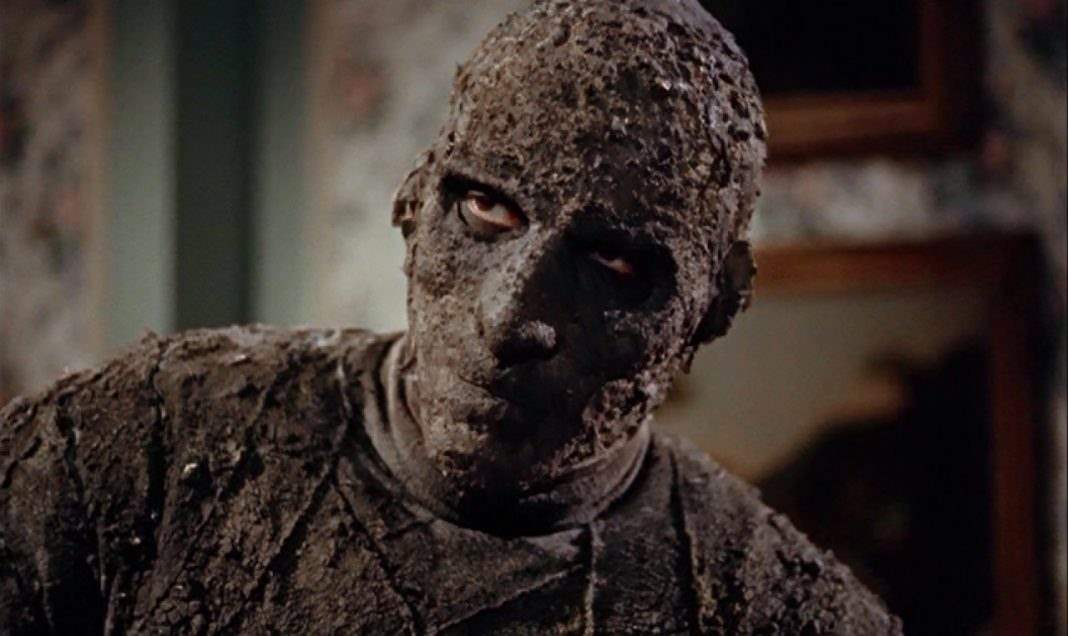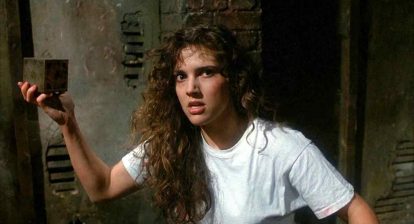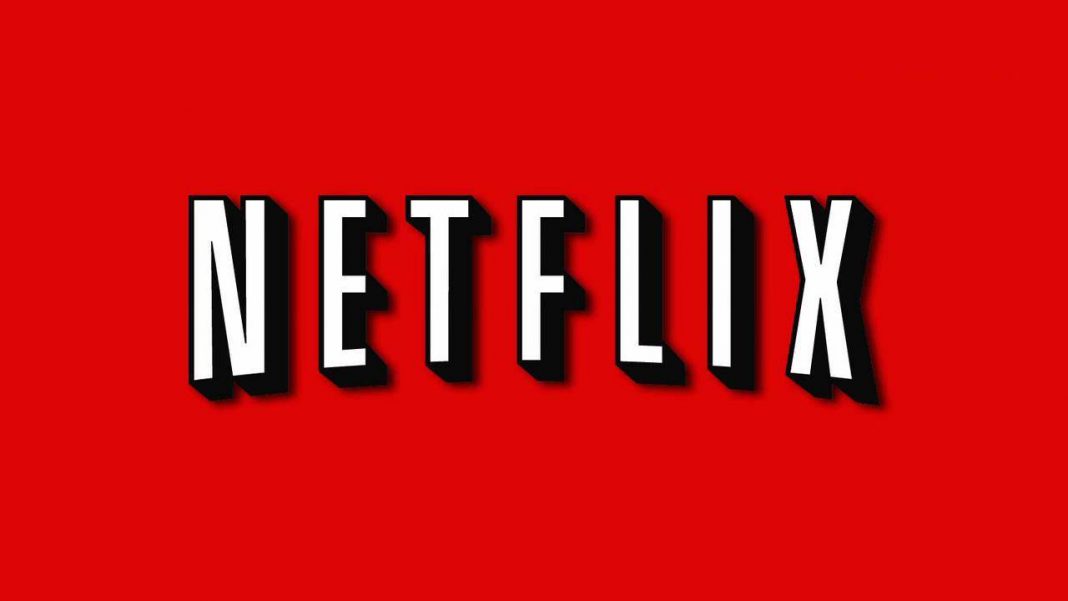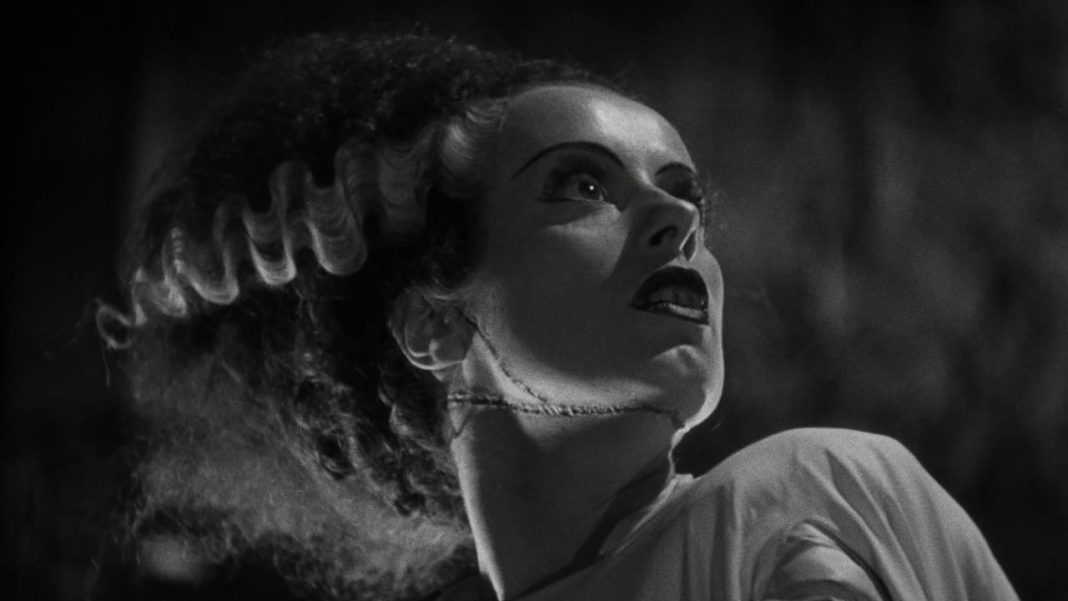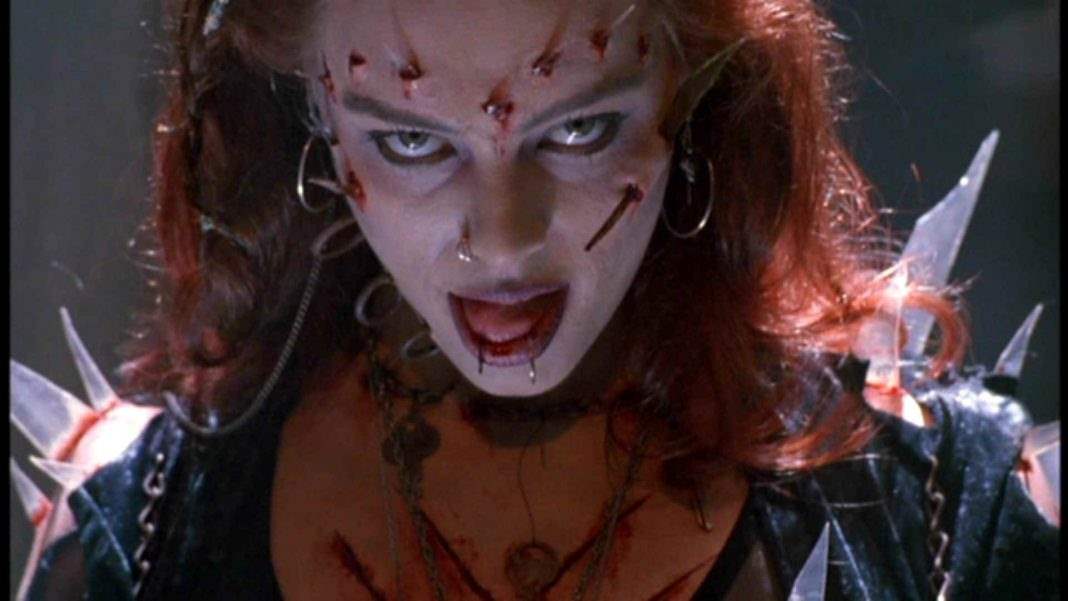When you think of the classic monsters, there are a few that immediately come to mind. Dracula, Frankenstein, The Wolf Man. The Mummy is always there, but kind of off to the side. Like the Creature from the Black Lagoon, The Mummy tends to be a supporting player in the Universal pantheon. It had its own franchise in both the classic Universal and Hammer eras. But those sort of proved to be its heyday. Mummies have limped on ever since—no pun intended.
With the trailer for Universal’s latest reboot of The Mummy having just dropped over the weekend, I wanted to take a look back at this particular movie monster and its place in the pantheon of horror. I think it’s interesting that the mummy seems to be the only monster that’s actually had to completely cross genres to stay alive.
Most horror creatures have crossed genres at one time or another, whether they be the campy time travel antics of Frankenstein Unbound or the Goonies-esque adventures of The Monster Squad. But when it comes down to the mummy, this monster genuinely seems to have stepped out of horror and into the action genre just to stay afloat. And if that’s the way I have to get my mummies, so be it. But I’ll be honest, I miss a simpler time when a mummy could just be a shambling, dried up corpse.
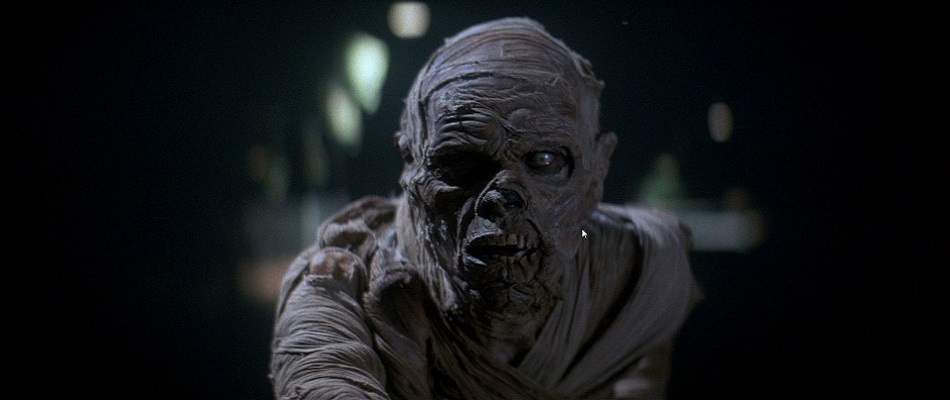
Jack Pierce gave the mummy an unbeatable starting point in 1932. The makeup he created for Boris Karloff took hours, but looked amazing. Of course, it only appears on screen for a few seconds before Im-ho-tep is somewhat returned to a more youthful appearance. That was another frustrating thing about mummies for me, especially as a kid. I wanted scary corpses wrapped in bandages, but some films only deal with those for a minute or two before said corpse starts looking like a normal person again.
In Universal’s original The Mummy, the titular character is just as sympathetic as the other classic monsters. He’s lost in a new world, his entire civilization is long-since dead and is being mined for profit and put on display for people he cannot recognize as his own. It’s a tragic love story. A doomed reincarnation plot that, ironically enough, wound up shaping the future of Dracula movies more than it influenced future mummy films. While it’s one of the slower entries in the classic monster canon, I appreciate it more now than I did as a kid. The idea of the mummy as a creepy, shuffling, murderous corpse didn’t really start until Universal started making sequels.
 Because of that, I loved Hammer’s The Mummy when I first saw it. Peter Cushing pretty much plays another Van Helsing type, pitted against Christopher Lee’s mummy. What I loved about Lee’s performance as this monster in particular is that all you can see of him is his eyes. For the most part, he’s stalking and silent and is really playing a precursor to the silent slashers of the ‘80s. But those eyes are so expressive and pained. No doubt that’s due in part to the makeup being so excruciating. But either way, it works.
Because of that, I loved Hammer’s The Mummy when I first saw it. Peter Cushing pretty much plays another Van Helsing type, pitted against Christopher Lee’s mummy. What I loved about Lee’s performance as this monster in particular is that all you can see of him is his eyes. For the most part, he’s stalking and silent and is really playing a precursor to the silent slashers of the ‘80s. But those eyes are so expressive and pained. No doubt that’s due in part to the makeup being so excruciating. But either way, it works.
The mummy continued to be a major player in Hammer’s monster series with movies like Curse of the Mummy’s Tomb, The Mummy’s Shroud and Blood from the Mummy’s Tomb. The latter is the best of these, I think, based on Bram Stoker’s novel The Jewel of Seven Stars. Valerie Leon gives us one of cinema’s first female mummies, playing both Queen Tera and her reincarnation, Margaret Fuchs.
By this point in the 1970s, mummies had already begun to fade into obscurity again, at least as cinematic monsters. They started popping up in more TV movies, in anthology TV shows, and this lasted until the 1990s, when Universal first started planning its big screen reboot. With people like George Romero and Clive Barker attached at various points, the project eventually evolved from horror into a much more widely accessible action/adventure. And the rest is history.
 But what is the appeal of the mummy in the first place? That’s a question a lot of horror fans seem to ask all the time, as it’s hard to find people who list it among their favorite monsters. For me, though, it’s a creature that has so much potential that still has yet to be met on the big screen. Firstly, it appeals to fans of zombies and just about anyone who has an interest in special makeup FX. When done right, mummies look cool.
But what is the appeal of the mummy in the first place? That’s a question a lot of horror fans seem to ask all the time, as it’s hard to find people who list it among their favorite monsters. For me, though, it’s a creature that has so much potential that still has yet to be met on the big screen. Firstly, it appeals to fans of zombies and just about anyone who has an interest in special makeup FX. When done right, mummies look cool.
That was what first got me as a kid. I just thought it was so cool. When it comes to zombies, especially when you’re a kid, it’s natural to gravitate toward the grosser, more decaying of the living dead. That iconic poster for Fulci’s Zombie immediately comes to mind, as does Return of the Living Dead’s Tarman. These are zombies that many, many fans immediately draw upon as their favorites.
Mummies give us something similar to that. They’ve been dead a long time and they look moldy and rotten, basically skeletons with scraps of meat still left on the bone. But they’re also some of the only horror monsters that give us the payoff of intriguing makeup designs while also maintaining a sense of mystery. They’re bandaged, after all.
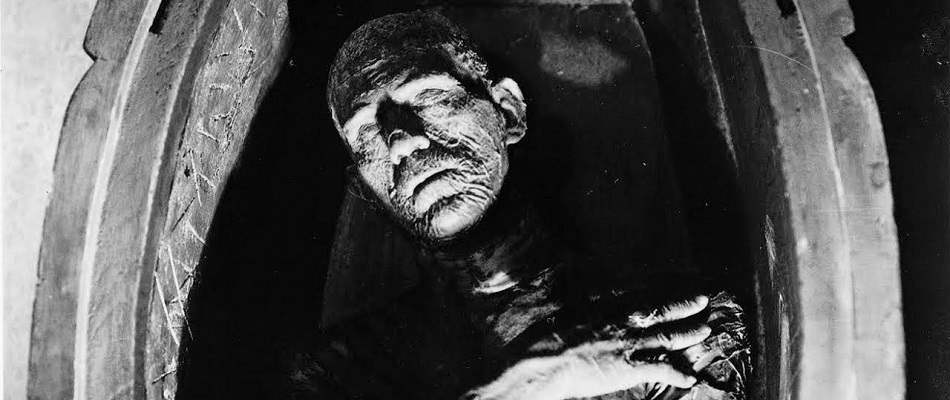
Most of the time, you’re only seeing bits of what’s really going on under there. Again, I think mummies are a precursor—an ancestor, in a sense—to classic slasher villains. And I think there’s a direct line that can be drawn between a rotten mummy’s bandaged face and Jason Voorhees being ritualistically unmasked at the end of every Friday the 13th.
The mummy also carries with it a folklore and a history different from any classic creature. Vampires and werewolves have their own mythology, but the mummy serves as an introductory point to an entire civilization’s myths and legends, even its history. I took an interest in Egyptian mythology after first seeing the film and I think very few horror features—even the classics—manage to have that effect.
Even though it wasn’t my favorite of the Universal monster movies, I was interested enough to start researching those customs and legends that the film addressed. Almost always, this leads to discovering how wildly inaccurate most of these features are, but that can be its own fun as well.
 Zombies are scary because they have strength in numbers. It’s not one zombie you’re afraid of, it’s a hundred. Mummies might be slow and unintimidating at first, but they’re overtly supernatural, beyond simply being a resurrected corpse. In some ways, they’re the missing link between a zombie and a witch. A mummy is typically depicted as having some kind of magical power. Even when it’s not, it’s called upon by someone else. Regardless, they’re creatures that hinge on magic. Part of the reason for their transition into action and fantasy films is that that’s kind of what it takes to truly glimpse the power (from storms to plagues) that a mummy could technically unleash.
Zombies are scary because they have strength in numbers. It’s not one zombie you’re afraid of, it’s a hundred. Mummies might be slow and unintimidating at first, but they’re overtly supernatural, beyond simply being a resurrected corpse. In some ways, they’re the missing link between a zombie and a witch. A mummy is typically depicted as having some kind of magical power. Even when it’s not, it’s called upon by someone else. Regardless, they’re creatures that hinge on magic. Part of the reason for their transition into action and fantasy films is that that’s kind of what it takes to truly glimpse the power (from storms to plagues) that a mummy could technically unleash.
On that level, as someone who still thinks this monster has always been unloved and underrepresented, I’m excited to see what Universal has in store this summer. But I will always have a soft spot for the sounds of a haphazardly wrapped corpse, slowly dragging its feet.
